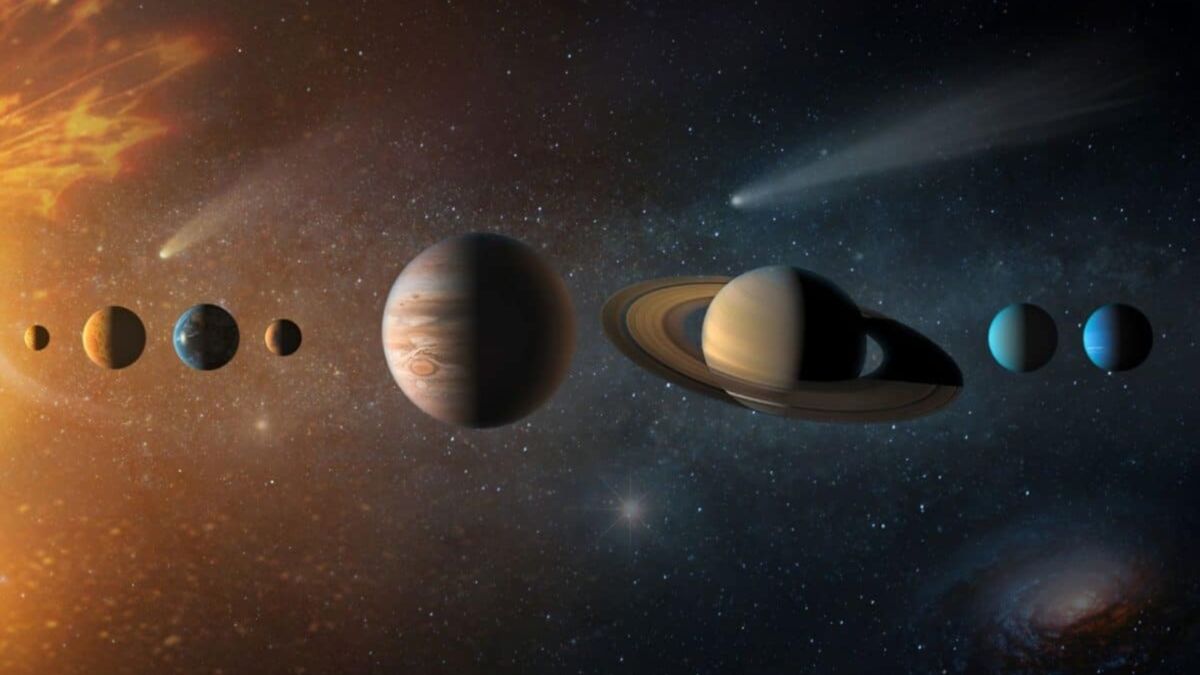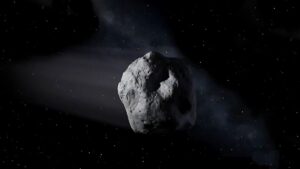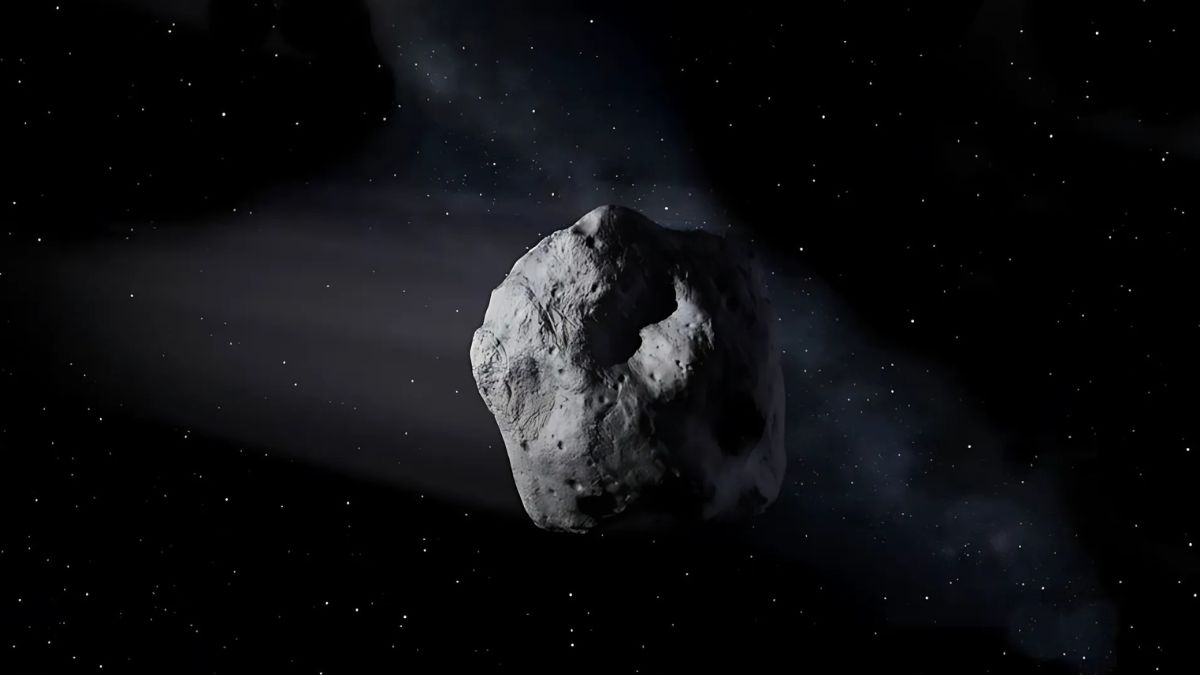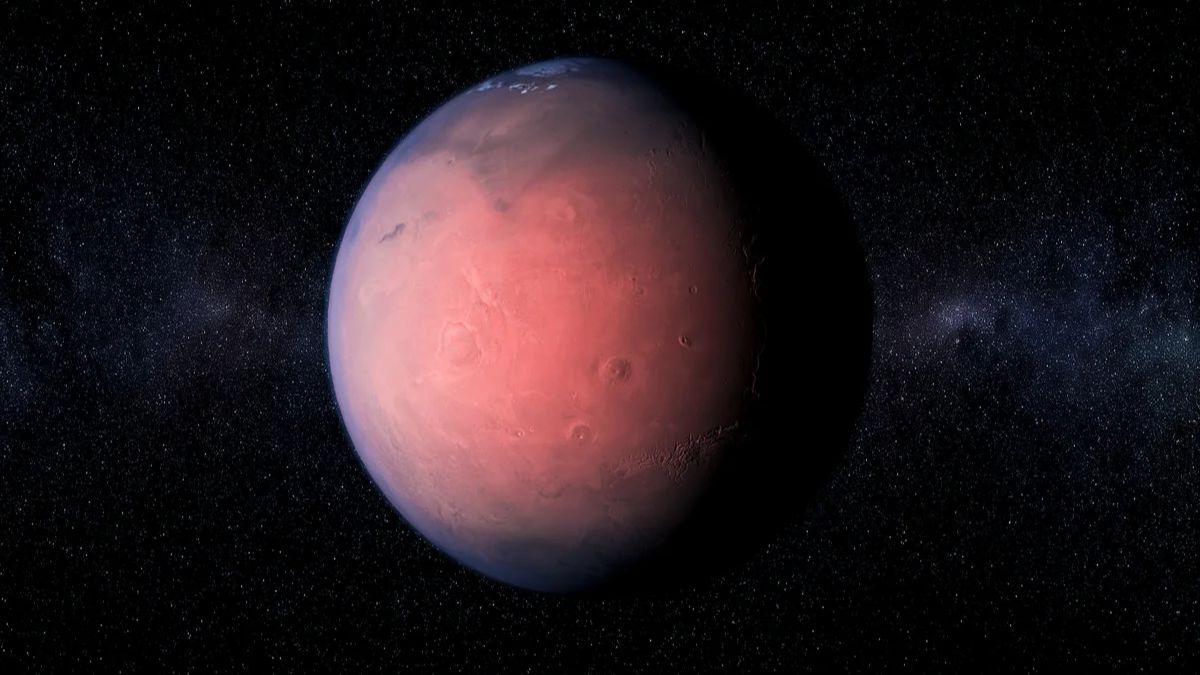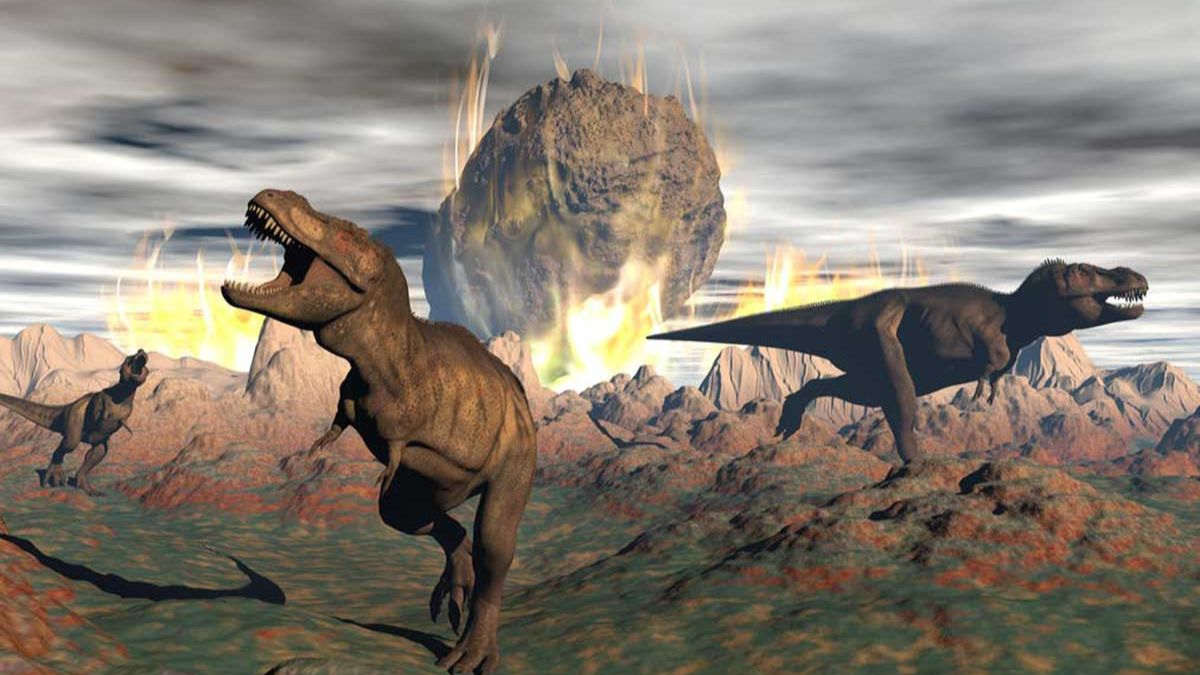For years, many scientists believed the Sun was entering a long, sleepy phase. By 2008, solar activity had reached the lowest levels ever recorded — a period known as the “deep solar minimum.” All signs pointed to decades of calm ahead. But here’s the twist: the Sun is waking up. A new NASA study has confirmed an unexpected increase in solar activity since 2008.
So what’s really going on with our star? Let’s break it down.
Cycles
The Sun isn’t always consistent. It follows an 11-year cycle of rising and falling activity. You can track this through sunspots — dark spots on its surface that show areas of intense magnetic activity.
But the story doesn’t end there. Longer-term changes can last decades. From the 1980s to 2008, the Sun’s activity gradually decreased. This led many experts to believe we were heading into a historic low similar to what we’ve seen in centuries past.
Reversal
Then came a surprise.
Instead of continuing to weaken, the Sun started to ramp things up. A study in The Astrophysical Journal Letters revealed that solar wind, magnetic fields, and plasma levels have been on the rise since 2008.
Jamie Jasinski from NASA’s Jet Propulsion Laboratory put it this way: “All signs were pointing to the Sun going into a prolonged phase of low activity. So it was a surprise to see that trend reversed. The Sun is slowly waking up.”
Weather
When solar activity spikes, it creates something called space weather — and it’s not as peaceful as it sounds. It can affect many systems here on Earth and in space.
Let’s break down the types of solar events and their effects:
| Solar Event | Description | Possible Effects |
|---|---|---|
| Solar Flares | Intense bursts of radiation | GPS issues, radio signal interruptions |
| Coronal Mass Ejections | Huge clouds of plasma hurled into space | Power grid damage, satellite interference |
| Solar Storms | Charged particle streams from the Sun | Radiation hazards for astronauts |
So yes — when the Sun gets active, our tech feels it.
History
Astronomers have been studying the Sun for centuries. Galileo started tracking sunspots in the 1600s, and his work helped scientists realize that solar activity rises and falls.
There have been especially quiet periods in history:
- 1645–1715: The Maunder Minimum, 70 years of minimal sunspot activity.
- 1790–1830: The Dalton Minimum, another quiet phase.
From the 1980s to 2008, we saw the same kind of decline — fewer sunspots, weaker solar wind — and scientists thought another minimum was beginning. But the Sun had different plans.
Tools
NASA tracks the Sun using a suite of missions. Two of the most important are:
- ACE (Advanced Composition Explorer) – launched in 1997.
- Wind – launched in 1994.
These spacecraft measure magnetic fields, particles, and plasma coming from the Sun. All the data is compiled into OMNIWeb Plus, a platform managed by NASA’s Goddard Space Flight Center. It’s a central hub for solar monitoring.
Future
As solar activity rises, NASA is preparing for the future. Two exciting missions are in development:
- IMAP (Interstellar Mapping and Acceleration Probe) – designed to explore how solar wind interacts with space.
- Carruthers Geocorona Observatory – will study how Earth’s outer atmosphere reacts to solar activity.
These missions are crucial for improving our ability to predict solar storms and protect astronauts and space systems.
The Sun might feel distant, but its moods affect everything from our communication systems to our power infrastructure. As it ramps up, we need to pay attention — because what happens 93 million miles away can change life right here on Earth.
FAQs
Why did scientists expect a quiet Sun?
Because activity had been declining since the 1980s.
What reversed the solar quiet trend?
Rising solar wind, plasma, and magnetic fields after 2008.
What is a solar cycle?
An 11-year cycle of rising and falling solar activity.
What are sunspots?
Dark areas showing strong magnetic activity on the Sun.
How does solar activity affect Earth?
It disrupts GPS, power grids, and satellite systems.

